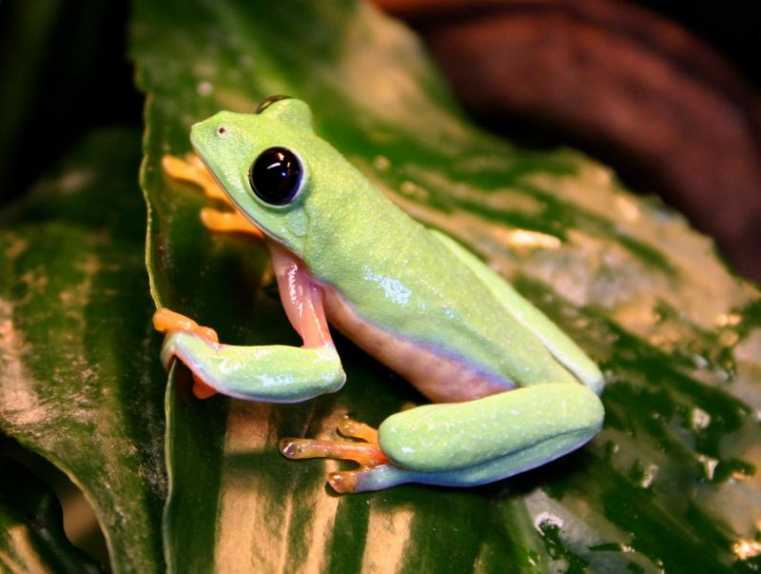Image Credit: Copyright A. Gray
A hybrid frog is providing scientists with exclusive insights into the genetic make-up of different amphibian populations - with important bearing on future conservation measures.
The unique hybrid was produced by scientists at the University of Manchester, who allowed two entirely different, critically endangered species of Central American leaf frogs to interbreed.
Agalychnis annae, a small leaf frog found in Costa Rica and Panama, hybridised with Agalychnis moreletii, which ranges from southern Mexico to central Guatemala, El Salvador, Honduras and Belize.
By allowing the two species to interbreed, the scientists were able to investigate the differing amounts of genetic variation both between and within species.
DNA tests have revealed that, despite being different species, the two parent frogs are actually very closely related.
This contrasts somewhat with previous DNA work on amphibians of the same species, which has shown that there are often considerable genetic differences, especially where several populations of the same species are found in different geographical areas.
Although the two species of leaf frog used to produce the hybrid are proven to be extremely closely related, they will continue to be considered as separate species for classification and conservation purposes.
What it does highlight is that conservation planning may, in future, also need to consider separate populations of the same species as distinct entities in much the same way as separate species, given the comparatively large amount of genetic variation that is observed.
Indeed, the study suggests that amphibian conservation efforts should not only focus on each individual endangered species of frog, but also on individual populations within a species in order to ensure their survival.
Currently almost a third of the world's amphibians are threatened with extinction, and this number is only set to rise. Faced with accelerating habitat loss, the rapid spread of fungal disease, and the affects of climate change, the fate of amphibians is uncertain.
Hence, says Andrew Gray, Curator of Herpetology at the University's Manchester Museum, ''It is imperative that we identify distinct populations of critically endangered species before they are lost forever.''










